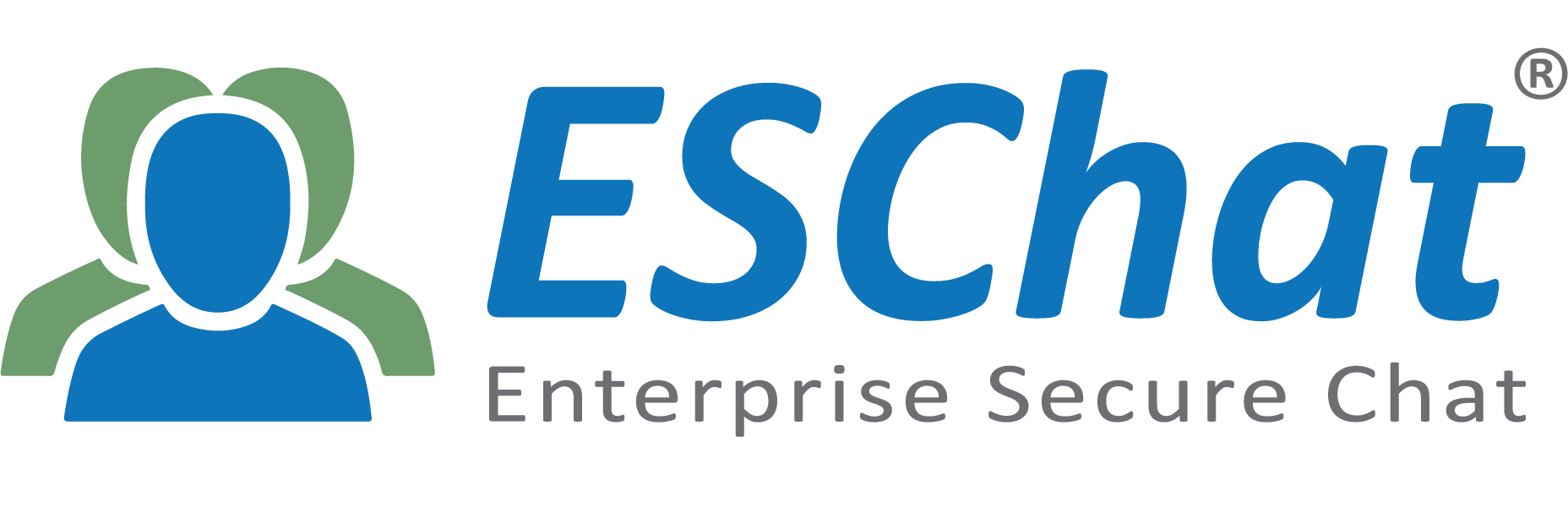Cloud & Customer Hosted Server Options
ESChat Hosted in the Cloud
ESChat service is hosted from the Amazon AWS Standard and GovCloud environments. Customers also have the option to host their ESChat service in their own private cloud or internal network servers.
ESChat customers on the AWS Standard Cloud take advantage of service availability from any of Amazon’s 42 ‘Availability Zones’ within 16 geographic regions around the world and with more coming. For redundancy, each Amazon region is split into geographic Availability Zones that are 100% isolated from one another to ensure continued operation in the event of any failure. The ESChat servers maintain an active-active disaster recovery architecture across the Availability Zones, so in the event of a network failure, ESChat services will continue without interruption to the customer.
AWS GovCloud (U.S.) is an isolated AWS Region designed to allow U.S. government agencies and customers to move sensitive workloads into the cloud by addressing their specific regulatory and compliance requirements. The AWS GovCloud region adheres to U.S. International Traffic in Arms Regulations (ITAR) requirements. Workloads can contain all categories of Controlled Unclassified Information (CUI) data and government-oriented publicly available data in the AWS GovCloud region. The AWS GovCloud region supports the management of regulated data by offering the following features:
- Restricting physical and logical administrative access to U.S. persons only
- Providing FIPS 140-2 validated endpoints
ESChat customers that choose to host their own networks can elect to build advanced architectures to support high availability operations and redundancy or low-cost non-redundant servers where high availability is not a priority.
ESChat Private Server Hosting
Customers often have a desire or requirement to host the PTT servers in their own facility. There are a number of reasons for this, including:
-
- Enhanced Security: Assurance that non-authorized users cannot access the PTT network.
-
- Off-Network Ops: Customers running private or deployable wireless networks can operate a private PTT system that is completely isolated from other users and fully air-gapped from the Internet. Some organizations feel this method of operation provides the best of both worlds, the ability to employ PTToC while at the same time remaining totally isolated from the threat of disruption due to an Internet breach of some kind.
- Co-Location with LMR: Businesses and agencies that operate their own LMR networks typically have the available infrastructure to add an OTT PTT system. Co-locating the LMR and OTT PTT server provides additional advantages when connecting the two networks to create a hybrid LMR/LTE PTT system. This is especially helpful for P25 and Digital Mobile Radio (DMR) digital systems interfaces.
